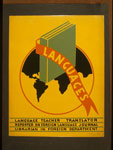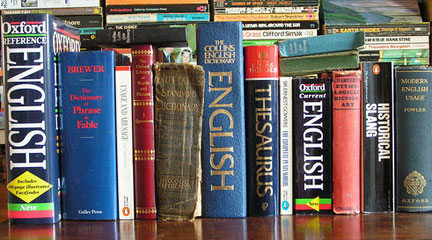Slavery and the Founding
Professor Lucas E. Morel looks at the history of slavery in the U.S., examining the Founding Fathers' attitudes towards slavery and the policies on slavery written into the founding documents of the U.S.
Professor Lucas E. Morel looks at the history of slavery in the U.S., examining the Founding Fathers' attitudes towards slavery and the policies on slavery written into the founding documents of the U.S.

Students create sentences using words whose meanings have changed since the 17th century. They then discover how their sentences change meaning when the words’ 17th century meanings are used.
This lesson provides students with a simple introduction to a fundamental and often elusive component of historical thinking—placing the prose of an historical document in its appropriate context. Students begin with a list of words from 17th-century English that are still in use in the 21st century. Students create sentences using these words based on their modern meanings, then note how their sentences change in meaning with the 17th-century usage of the words. The short follow-up discussion focuses on how such changes in the meanings of words make the historian’s task of analyzing primary sources challenging.
Contextualization, or placing a historical text in its appropriate social, political, cultural, and even linguistic context, is a challenging task even for collegiate students of history. Because contextual influences are often subtle and linked to extensive background knowledge, younger students can have difficulty noticing them, and teaching younger students to recognize the historical context of a document can be a daunting task when students are already dealing with challenging texts. This lesson introduces the idea of context through the changing meaning of words. Rather than dealing with the meanings of entire texts, students are focusing on the meanings of individual words. Thus, this lesson provides a useful starting point in laying the foundation for historical thinking skills like contextualization and the close reading of documents, while clearly showing that language changes over time.

Yes
Yes
In addition to information on the historical usage of words featured in the lesson, the site also includes a brief article on the history of the Jamestown settlement, and a variety of other resources for teachers and students.
No
The amount of writing required is minimal, but teachers may easily adapt and extend that part of the lesson.
No
No
Although the lesson itself does not require close reading, it focuses on skills that will help students closely read and question other texts.
Yes
This lesson is easily adapted to the needs of a variety of students; while designed for elementary school, it could be adapted easily for a middle or high school classroom.
No
Teachers may want to scaffold the lesson for younger students by providing 21st century definitions of the words.
No
Yes
Yes
A simple, but elegant, plan.